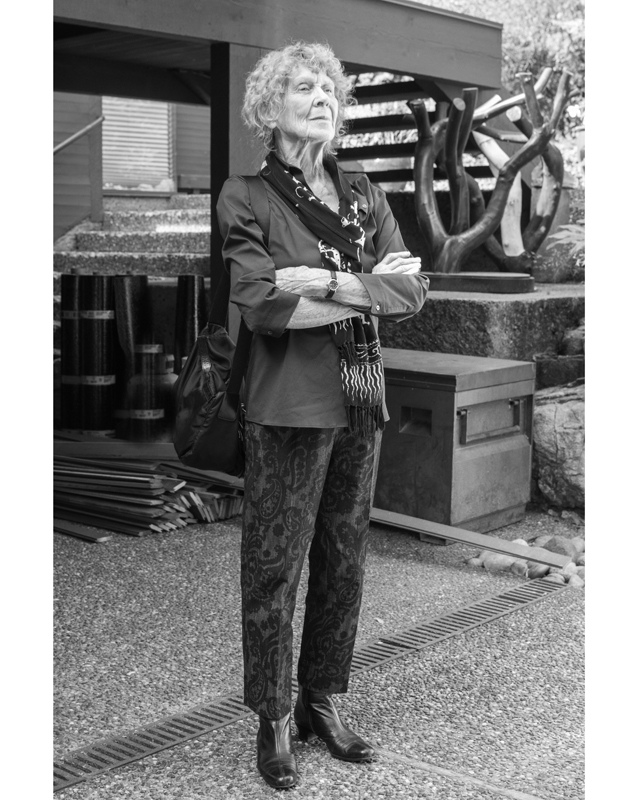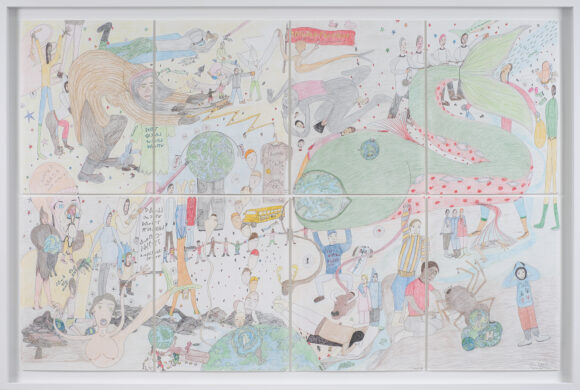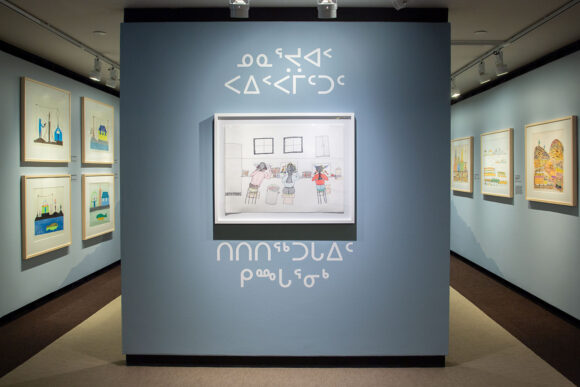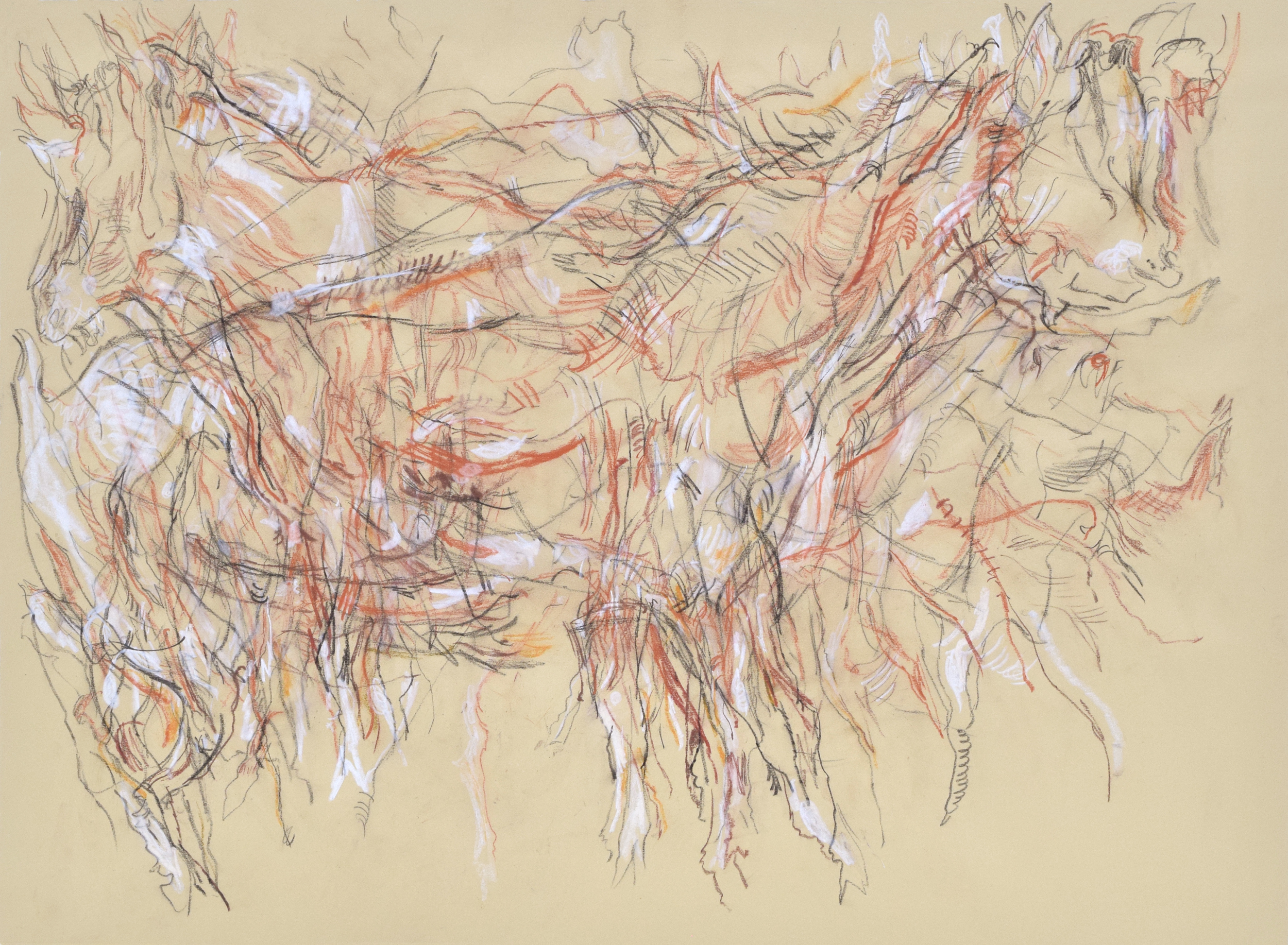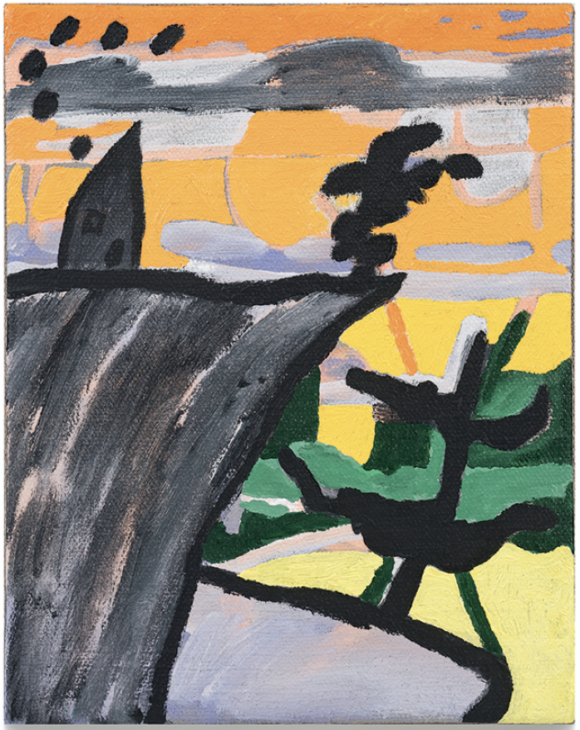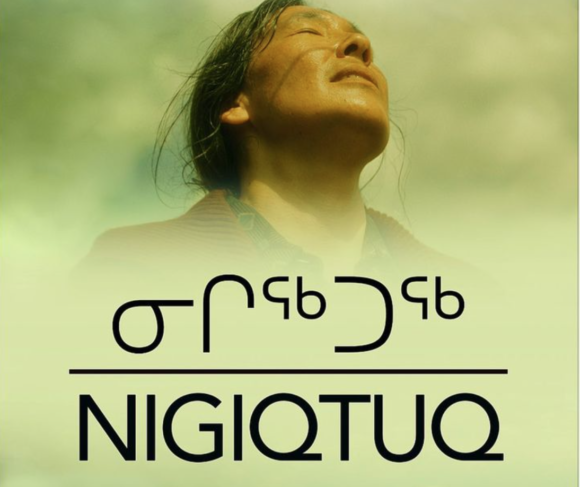It was with deep sadness that we learned of the passing this week of Ann Kipling, one of Canada’s most distinguished artists. Kipling died in her home in Vernon, BC, on Wednesday, August 30. She was 89.
“This is an immense loss for the country,” said Robert Kardosh, MSG’s director and the artist’s dealer for the last eight years. “Ann Kipling has been a major figure in Canadian art for more than five decades,” Kardosh said. “Her singular practice and her unwavering devotion to a unique way of seeing and interpreting the world have been an inspiration to artists of all generations. We have all benefitted from her extraordinary commitment to her vision.”
Kipling was born in 1934 in Victoria, British Columbia. She began attending the Vancouver School of Art (now Emily Carr University of Art and Design) in 1955, graduating with honours in 1960. Always a fiercely independent artist, Kipling made drawing on paper the exclusive focus of her practice almost from the beginning, a choice she adhered to for the rest of her life. Reflecting on her identification with the medium of drawing, she once stated: “Drawing is exploratory. It defines and clarifies a visual idea. It is also the delight in mark making, the magical connection between things seen and described, the direct encounter.”
Kipling and her husband, the ceramicist Leonhard Epp, lived in various locations in the Lower Mainland before relocating to the BC interior in the early 1970s, eventually moving to a remote farm property in Falkland in 1976, where Kipling would remain for another 45 years. It was at Falkland that Kipling produced her most ambitious and best-known series of landscape drawings. Always working directly from the motif, Kipling drew the natural forms visible from her home. Her manner of constructing an image was highly unconventional: instead of defining volumes by means of contoured lines, she built up her images through an energetic accumulation of marks, an approach that resulted in monochromatic light-filled works of extraordinary subtlety, density and delicacy. In addition to distant mountain forms and ridges observed from her property, Kipling also made trees, both deciduous and various alpine types, a frequent focus of her artistic investigations.
Although she is best known for her ethereal renderings of the natural environment, Kipling also involved herself in human portraiture throughout her long career. These large and small portraits capture both the outward appearance and inner presence of their subjects. Durational in technique and conception, they also record their movements over time (Kipling’s sitters were never required to remain still while she drew them). In the late 1980s, Kipling also took up animal portraiture, producing a celebrated series of drawings of families of goats. Less subtle and more energetic in appearance than her more contemplative landscape works, these dynamic drawings stand as a unique and important body of work within her oeuvre.
Kipling habitually worked serially, producing extensive series of drawings that chart seasonal changes in the environment over long stretches of time. She normally worked daily, drawing from her window in the winter and, in the warmer months, outdoors at different drawings stations located throughout her farm property. Kipling’s manner of working from the same natural motifs repeatedly and even obsessively has often led commentators to compare her approach to that of the French painter Paul Cézanne, who similarly pictured the same natural formations over and over again.
Writing about Kipling’s process in a 2011 publication, critic and curator Robin Laurence observed: “Kipling immerses herself in her subjects, attempting to penetrate into their inner nature. She can spend as much as eight hours a day without a break, looking and drawing. When the intensity of her concentration during these sessions rapidly dissipates—the moment she describes as falling off a cliff—the drawing is finished. Although she will do many more drawings of the subject in the days to follow, this drawing is never to be revisited.”
Kipling’s work has been featured in numerous solo and group exhibitions, including a retrospective at the Vancouver Art Gallery in 1995. The Kamloops Art Gallery and the Kelowna Art Gallery have also presented her work. Kipling’s drawings have been featured in three solo exhibitions at the Marion Scott Gallery, the most recent being Ann Kipling: Duration, presented in 2021. In 2004, Kipling was the first recipient of the Audain Prize for Lifetime Achievement. Her drawings and prints are included in public and private collections in Canada and abroad, including the National Gallery of Canada, the Vancouver Art Gallery and the Audain Art Museum.
Plans for a memorial event will be announced in the coming weeks.
Image credit: Lincoln Clarkes, Vancouver BC
